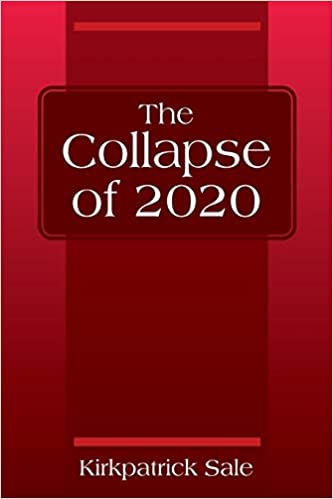The main and imminent danger from overpopulation and its effects is the destruction of the ecosystem. This means a disruption of climate, sea rises, pollution, species extinction.
Another effect is a depletion of resources — primarily food and water. And, as Jared Diamond noticed, the killings in Rwanda were not just due to ethnic hatred, but also due to a scarcity of subsistence land. [See, Jared Diamond, “Malthus in Africa: Rwanda’s Genocide,” Collapse, 2005]
Adding overpopulation and scarcity of resources to war and violence, the result is massive migrations of people into Europe and into the United States.
Today, on facebook, I was reminded of experiments done with mice and rats in overpopulated conditions (with adequate food and water) on behavior patterns which lead to extinction. I remember reading in the Scientific American in 1962, John Calhoun’s article “Population Density and Social Pathology.”
The one that today caught my attention is the experiment of John B. Calhoun; variously called “mouse utopia,” “behavioral sink,” and “universe 25.” Here is the account of the experiment:
See also: What Humans Can Learn from Calhoun’s Rodent Utopia


